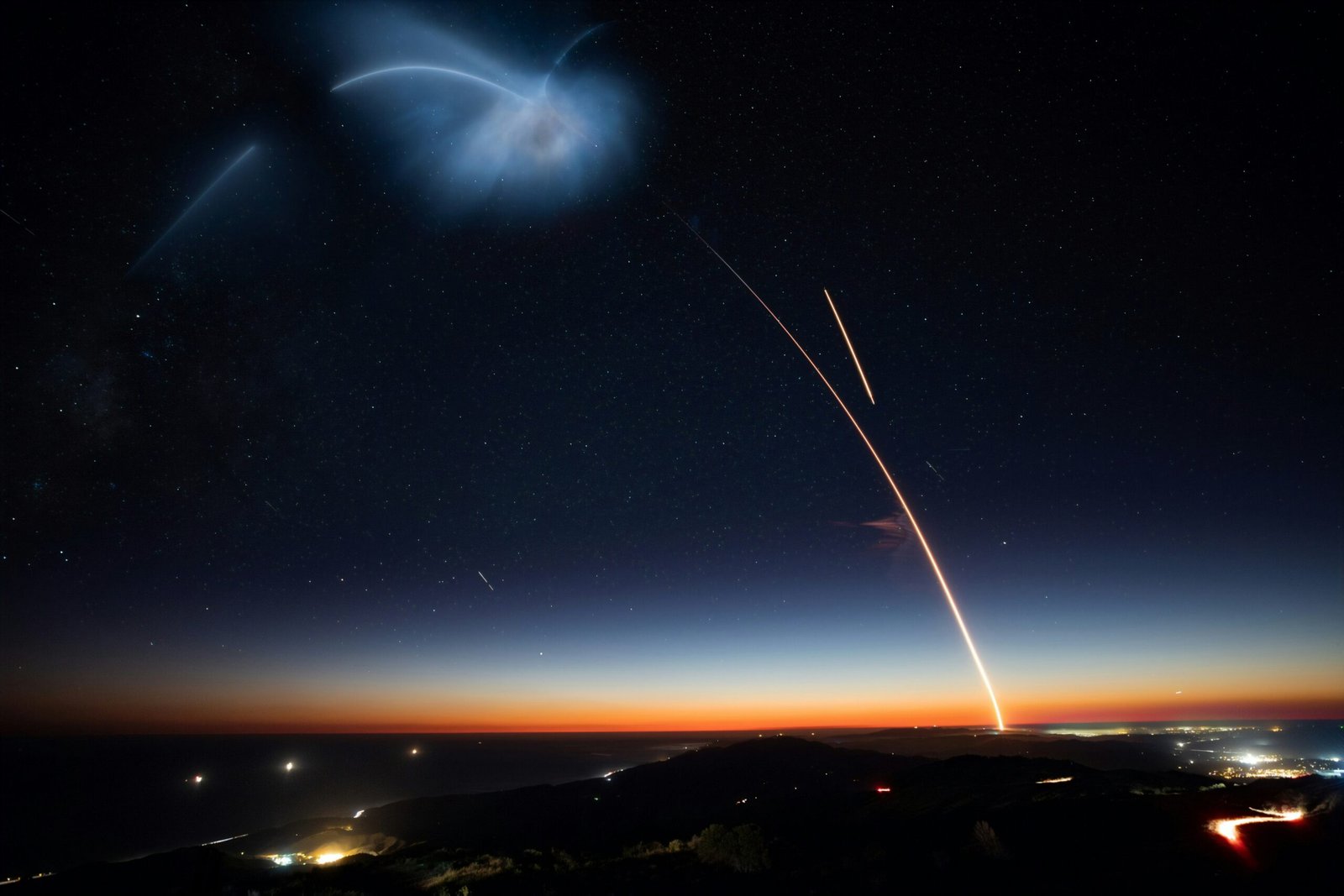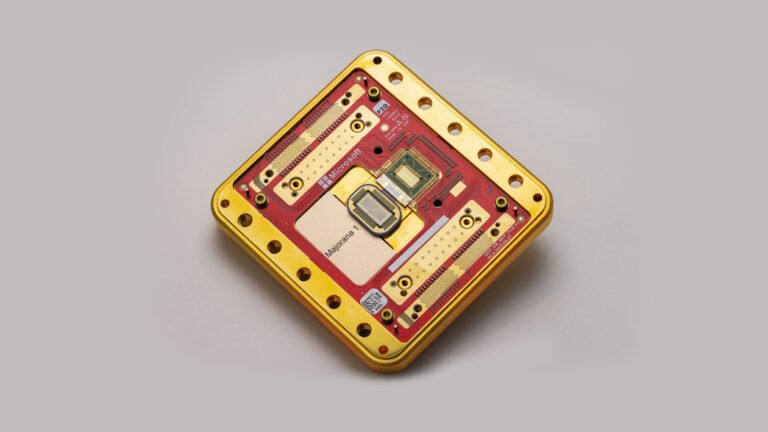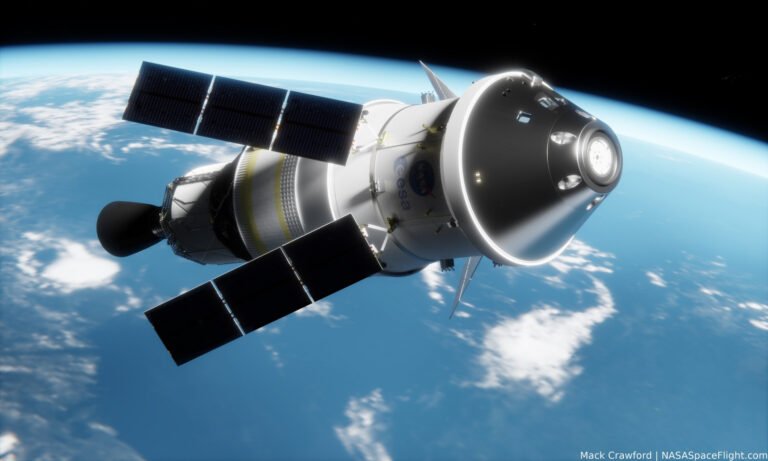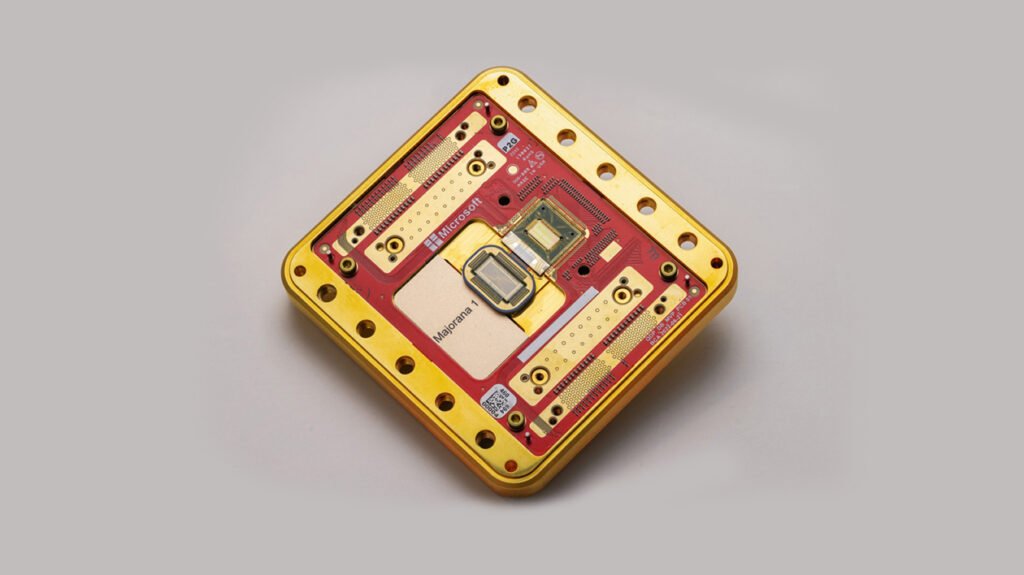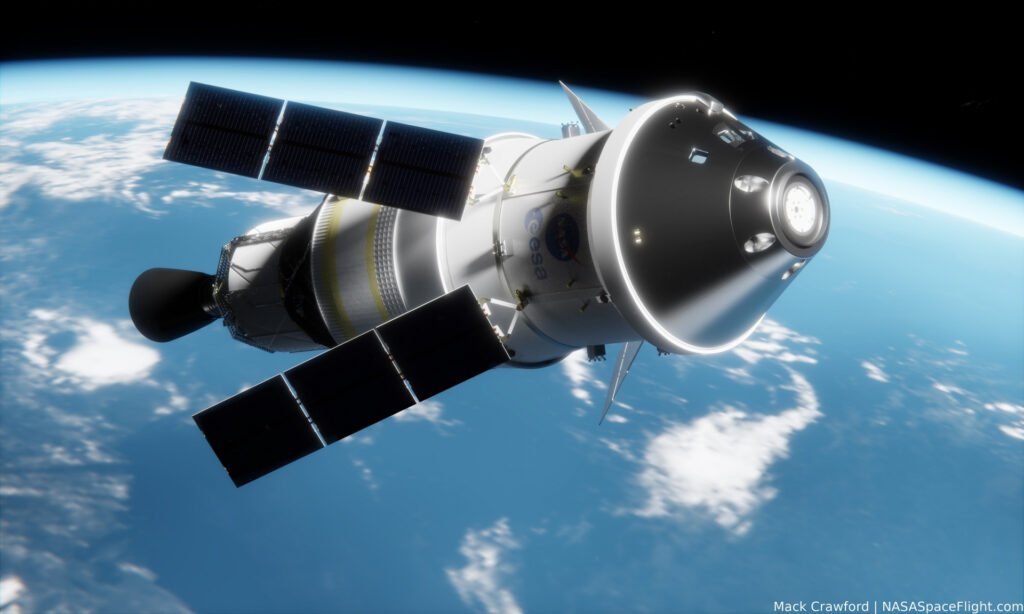SpaceX’s Starlink constellation continues its astonishing growth, fundamentally transforming the landscape of global internet connectivity. With thousands of Starlink Satellites now orbiting Earth, the company stands at the forefront of delivering high-speed, low-latency internet to previously underserved regions. This ambitious project, led by Elon Musk, marks a significant milestone in satellite technology. As the constellation expands, it brings both revolutionary access and pressing concerns about space sustainability and astronomical interference.
Starlink Satellites: Rapid Deployment and Unprecedented Scale
SpaceX has achieved an extraordinary feat in satellite deployment. The company consistently launches new batches of Starlink Satellites, typically 20-23 at a time, aboard its reusable Falcon 9 rockets. As of mid-2025, SpaceX has launched well over 10,000 Starlink satellites into low Earth orbit (LEO) across various generations. This rapid deployment strategy allows for continuous expansion of its global coverage.
Furthermore, a significant portion of these satellites are currently operational, with active numbers hovering around 9,000 to 9,500. This makes Starlink by far the largest satellite constellation ever deployed. The sheer scale of this network enables robust and resilient internet service, even in remote or challenging geographical areas. The consistent launch cadence underscores SpaceX’s commitment to building out this vast interconnected grid.
Global Coverage and Future Expansion Plans
Starlink’s footprint now extends across the globe. It offers internet service in over 90 countries and a vast majority of Earth’s populated areas. This widespread coverage is especially impactful for rural communities and areas lacking traditional broadband infrastructure, including specific regions in Pakistan. Users simply set up a Starlink dish to gain access, often experiencing speeds comparable to traditional fiber connections.
Looking ahead, SpaceX has much more ambitious plans. The company holds licenses to deploy tens of thousands more Starlink Satellites, potentially reaching totals of 30,000 or even 42,000 in future phases. A key part of this expansion involves next-generation Starlink V2 Mini satellites. These larger, more powerful satellites are designed for higher capacity and improved performance. Moreover, direct-to-cell capabilities, allowing standard smartphones to connect directly to Starlink satellites, represent a groundbreaking future development.
Controversies: Space Debris and Astronomical Interference from Starlink Satellites
Despite its benefits, the rapid expansion of Starlink Satellites has sparked significant controversies. A primary concern revolves around the increasing amount of space debris in low Earth orbit. With thousands of active satellites and the continuous launch of new ones, the risk of collisions rises. Such collisions could create cascades of debris, threatening other operational satellites and future space missions.
Astronomers also express serious concerns about light pollution. The brightness of Starlink satellites, especially during dawn and dusk, can interfere with ground-based astronomical observations. This impacts scientific research and the simple human experience of a dark night sky. SpaceX has taken steps to mitigate these issues, including implementing automated de-orbiting systems for failing satellites and developing “VisorSat” designs with sunshades to reduce reflectivity. However, the debate continues.
The Future of Satellite Internet with Starlink Satellites
Starlink is not just a competitor in the internet service market; it is defining a new era of satellite internet. Its low Earth orbit architecture, in contrast to traditional geostationary satellites, significantly reduces latency, making it suitable for applications like online gaming and video conferencing. This technological leap has spurred other companies to develop their own LEO constellations, fostering a new space race for internet dominance.
The evolution of Starlink also involves continuous technological upgrades. Future generations of Starlink Satellites promise even greater bandwidth, enhanced connectivity, and more sophisticated features. These advancements aim to keep Starlink at the forefront of satellite internet, ensuring its ability to serve a growing number of users and integrate with emerging technologies, such as IoT and autonomous systems.
Conclusion: Shaping the Internet’s Frontier
The deployment of thousands of Starlink Satellites represents a monumental achievement in connectivity, rapidly expanding internet access across the globe. While the scale of this project brings undeniable benefits, particularly for remote populations, it also necessitates careful consideration of environmental impacts and regulatory challenges. SpaceX’s continuous innovation and commitment to expanding this constellation suggest that Starlink will remain a key player in shaping the internet’s frontier. The ongoing balancing act between global connectivity and space sustainability will define the future of this ambitious endeavor.
For more news and updates, please visit PFM Today.

